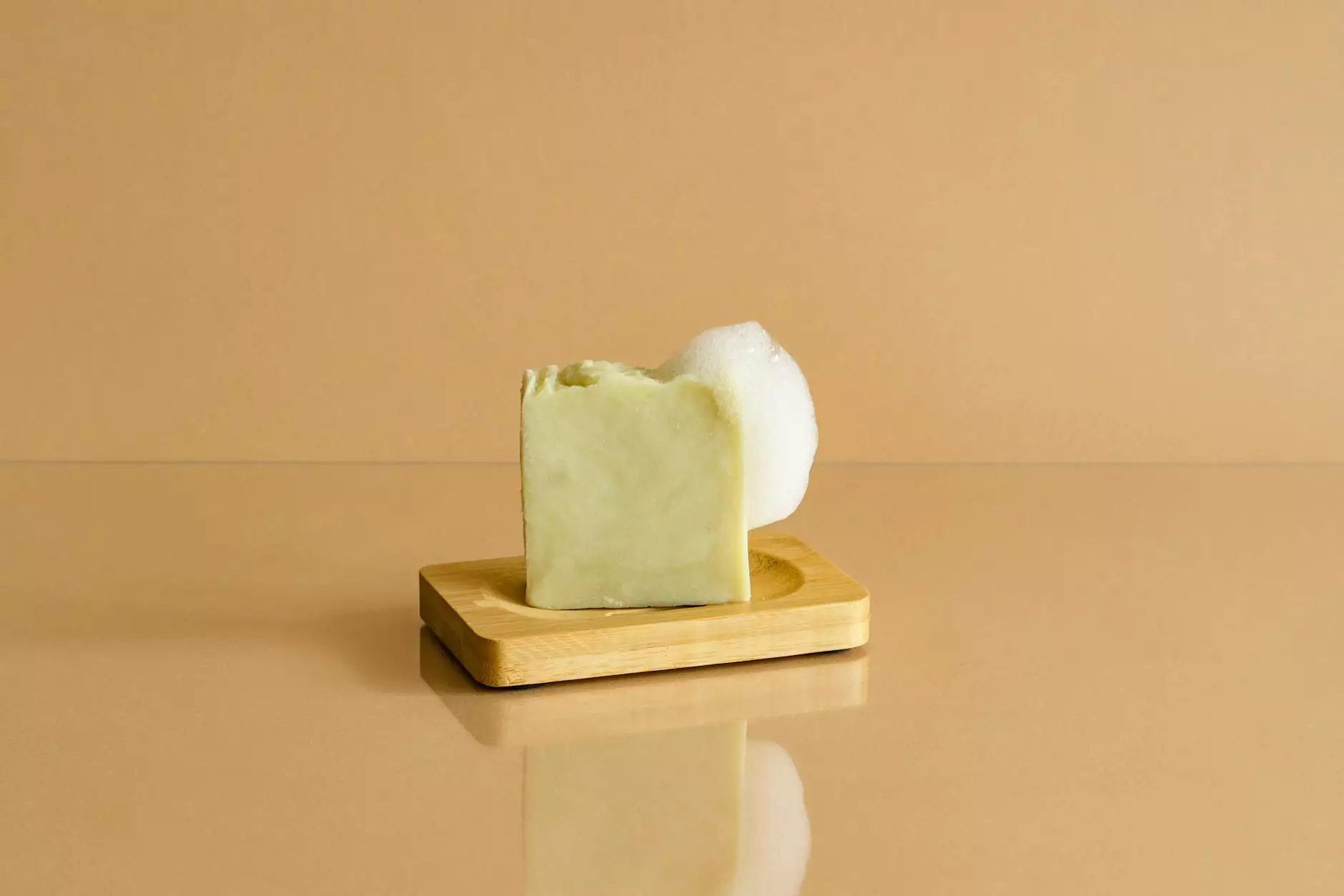Discover the Fascinating World of Pumpkin Species: A Comprehensive Guide for Gardeners

The world of pumpkin species is as diverse as it is captivating, offering an array of options for gardeners looking to enhance their gardens with vibrant, productive, and ornamental varieties. Whether you are a novice gardener or a seasoned horticulturist, understanding the various pumpkin species is crucial for selecting the perfect types for your specific needs—be it hearty fall harvest, ornamental display, or unique culinary experiences.
Understanding the Diversity of Pumpkin Species
Pumpkins belong to the genus Cucurbita, which includes numerous species and subspecies. The most commonly cultivated pumpkin species are Cucurbita pepo, Cucurbita maxima, and Cucurbita moschata. Each species encompasses a variety of cultivars with distinct characteristics, such as size, color, shape, flavor, and growth habits.
The Major Pumpkin Species and Their Unique Traits
Cucurbita pepo: The Most Versatile and Popular Pumpkin Species
Cucurbita pepo is perhaps the most familiar pumpkin species among gardeners and consumers alike. It includes a broad spectrum of varieties such as:
- Traditional carving pumpkins
- Summer squashes like zucchini
- Decorative gourds
- Small pumpkin varieties suited for baking and ornamental purposes
Characteristics: This species generally exhibits small to medium-sized fruits, often with orange, yellow, or green skins. The plants are vigorous, sprawling, and adaptable to diverse climates, making them ideal for home gardens. The flesh tends to be sweet and dense, perfect for cooking.
Cucurbita maxima: The Giant and Ornamental Delight
Known for producing some of the largest pumpkin fruits, Cucurbita maxima boasts impressive size and striking appearance, suitable not only for culinary uses but also for creating impressive ornamental displays. Popular cultivars include:
- Cinderella pumpkin
- Jarrahdale
- Atlantic giant
Characteristics: Fruits are typically large, with thick flesh and a wide color range from deep orange to greyish-blue. The plants have sprawling growth habits and require ample space and nutrients, making them suitable for experienced gardeners aiming for high yields or decorative aesthetics.
Cucurbita moschata: The Hardy and Flavorful Species
Cucurbita moschata is renowned for its hardy nature, disease resistance, and flavorful flesh. Commonly grown varieties include:
- Butternut squash
- Quash or calabaza types
Characteristics: Fruits tend to be elongated or rounded with beige to orange skins. This pumpkin species thrives in cooler climates and is favored for culinary uses due to its rich, sweet flavor and creamy texture.
Choosing the Right Pumpkin Species for Your Garden
Selecting the perfect pumpkin species depends on several key factors:
- Purpose: For ornamental display, cooking, carving, or a combination of these
- Climate and Growing Conditions: Hardy species like Cucurbita moschata flourish in cooler areas, while Cucurbita maxima prefers warmer, sunny spots
- Size and Space: Larger varieties require more room and nutrients; smaller types are more manageable for limited gardens
- Harvest Timing: Different species have varying maturation periods, influencing planting schedules
Best Cultivation Tips for Pumpkin Species
Soil Preparation and Planting
Choose rich, well-drained soil with a pH between 6.0 and 7.5. Incorporate organic compost or well-rotted manure to enhance fertility. For optimal results:
- Plant seeds after the last frost date to prevent damage
- Space seedlings adequately—typically 36 to 72 inches apart depending on the variety
- Plant in rows aligned to maximize sun exposure and airflow
Watering, Feeding, and Maintenance
Consistent watering is essential, especially during flowering and fruit development. Mulching can help retain soil moisture and suppress weeds. Feed plants with balanced fertilizers rich in nitrogen (for foliage growth) early on, and switch to phosphorus and potassium during flowering and fruiting stages.
Regularly monitor for pests such as squash vine borers, aphids, and squash bugs, and implement integrated pest management strategies to keep plants healthy.
Pruning and Supporting
While many pumpkin species are sprawling, some benefit from pruning to improve air circulation and focus energy on fruit production. Use stakes or trellises for smaller varieties to save space and facilitate harvesting.
Harvesting and Post-Harvest Care of Pumpkin Species
Most pumpkin species are ready for harvest about 90 to 120 days after planting, depending on the variety. Indicators include a fully orange or mature color and a hard rind that resists scratching.
- Cut fruits from the vine using sharp tools, leaving several inches of stem attached
- Let harvested pumpkins cure in a warm, ventilated space for 10 days to improve storage life
- Store in cool, dry conditions with good ventilation to extend freshness
Uses and Benefits of Growing Diverse Pumpkin Species
Cultivating a variety of pumpkin species not only enhances your garden's visual appeal but also provides culinary diversity, nutritional benefits, and ecological advantages:
- Rich source of vitamins A and C, fiber, and antioxidants
- Supports pollinators such as bees during flowering
- Offers sustainable growing options, with some species resistant to pests and diseases
- Provides ornamental value through uniquely shaped and colored fruits and gourds
Future Trends in Cultivating Pumpkin Species
The future of pumpkin species cultivation is poised to embrace innovations such as organic farming, sustainable practices, and hybrid breeding. Researchers are developing new cultivars that combine desirable traits like drought tolerance, disease resistance, and aesthetic appeal, which will further empower gardeners to create bountiful and sustainable pumpkin gardens.
Why pumpkins.co.uk Is Your Go-To Source for Pumpkin Species
At pumpkins.co.uk, we pride ourselves on offering an extensive selection of pumpkin species, expert advice, and tailored services for gardeners. Our comprehensive guides, high-quality seeds, and cultivating resources are designed to help you succeed regardless of your experience level. Whether you're planting for decorative purposes, culinary adventures, or ecological benefits, we provide everything you need to flourish.
Conclusion: Cultivate the Richness of Pumpkin Species in Your Garden
Embracing the diversity of pumpkin species unlocks a world of gardening possibilities—from stunning visual displays to delicious harvests. With the right knowledge, proper preparation, and care, you can enjoy a thriving pumpkin garden that offers beauty, nutrition, and bounty year after year. Remember, the key to success lies in understanding each pumpkin species' unique traits and requirements, allowing you to select varieties that best fit your climate, garden size, and personal goals.
Explore our selection of premium pumpkin species and get started on your journey to cultivating exceptional pumpkins today. Whether you seek the giant Atlantic or the ornamental Jarrahdale, there's a perfect pumpkin species waiting to flourish in your garden.









